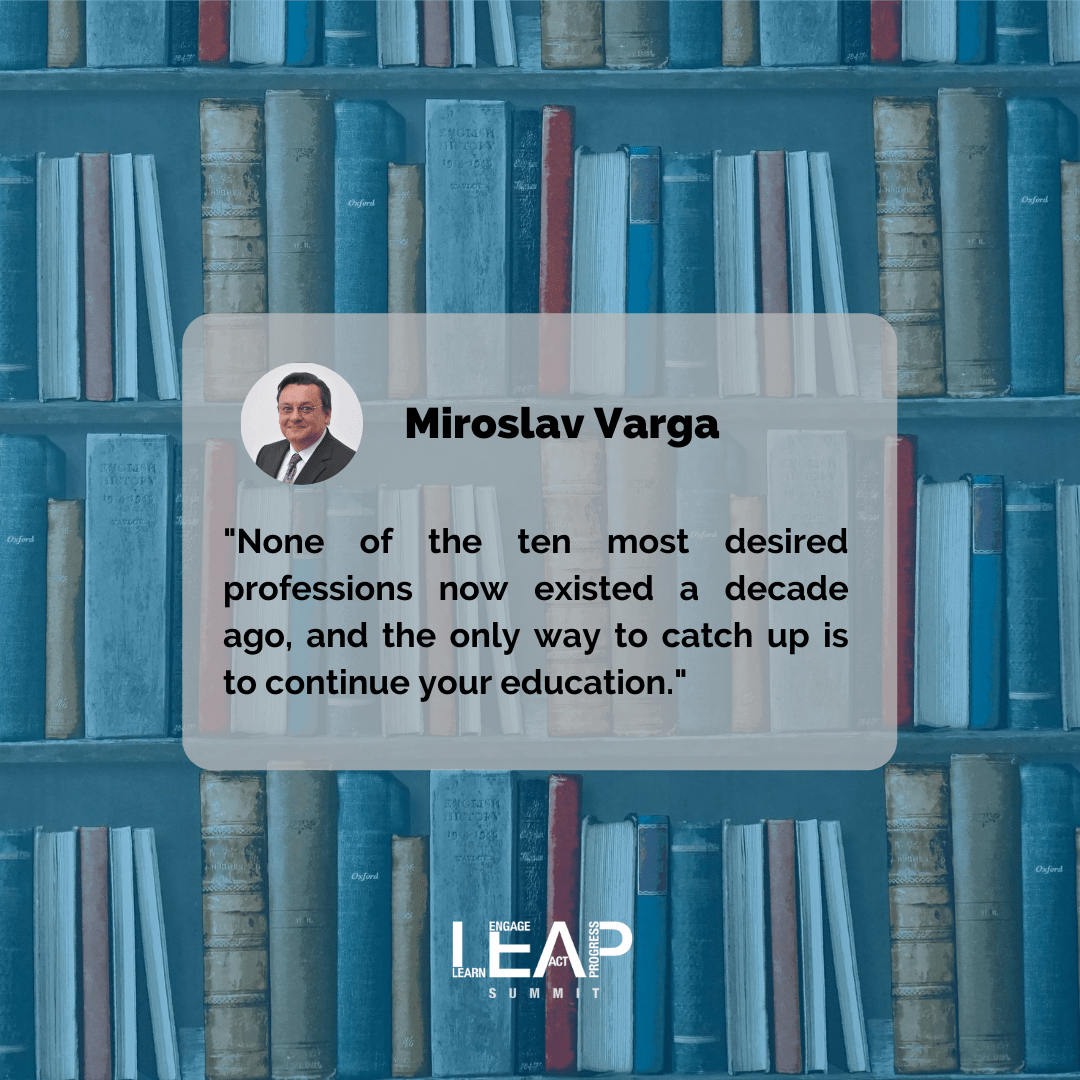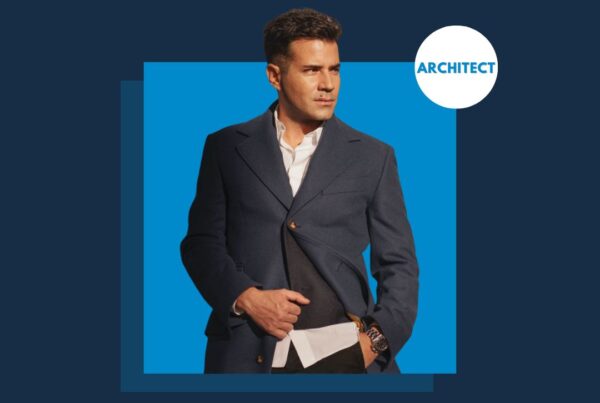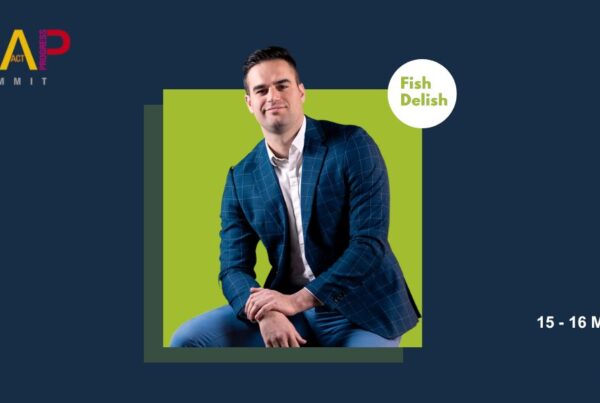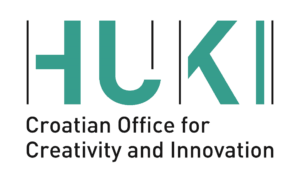If you are just interested in digital marketing or want to expand your knowledge, there is no one better than Miroslav Varga, who will bring you closer to this area with his familiar teaching approach and an inevitable touch of humor (which is always meaningfully followed by examples). His lectures are always interesting, passing in the blink of an eye while presenting well-founded facts based on decades of work on over a hundred Google Ads campaigns with tens of millions of clicks.
Varga holds all Google AdWords and Google Analytics Certificate , where he owns a remarkable title for Google Certified Trainer (the only one in the world in the status of grandpa) of just a few hundred in the world and a few inside the Google Adriatic area. He is currently advancing his career with Escape Digital Agency in Osijek, one of the leading Croatian agencies specializing in analytics and digital advertising. In this interview, Varga led us in-depth and via examples, gladly providing his advice and recommendations to relevant sources.
Considering how Google collects and generates a huge amount of data through its services (Search, Youtube, Gmail, Maps…) and as such, it “knows” us very well as individuals, is there anything that Google doesn’t know about us and is it possible to “hide” something from Google? If so, we don’t mean the sources that are listed on the 2nd+ page of the search engine? 😊
Google has 8 services used by a billion people per month (YouTube, Google Search, Android, Google Maps, Gmail, Google Drive, Chrome, Google play store) and several dozen other services that have over a million users a month (Google translate, Wikipedia, Picassa, etc.). All of these services are available to consumers for free, however, they are not. You pay for everything with your personal information, which Google afterwards uses to profile you and provide marketers with the option to reach the people who are most interested in purchasing their items.
How does Google determine what someone is interested in? By tracking what the user searches for, what videos he sees, where his device is situated, and so on. According to the algorithm, Google places ads that are the most relevant to the user’s occupation. When you Google something, an advertisement message may appear right away.
That’s why it’s said that Google is the largest representative of the so-called performance marketing or advertising that is focused on performance/sales.
Google may not know what colour your eyes are, but it does know what colour you want because, for example, you googled “brown prescription lenses.”
It is well known that digital marketing is a dynamic area, whose trends are changing rapidly, according to which we implement different tactics when forming a campaign. But, regardless of trends and innovations, which are according to your experience, the classic mistakes that almost always happen when creating Google ads?
The most common mistakes are made before Google advertising.
It’s about misjudging advertisers’ goals (whether they want more revenue, more profits, better value for money, or a larger market share), a bad website (Google uses dozens of tools to recommend how to prepare a site for advertising), and ignorance of their customers (ideal audience- there are also many tools which help you find out who are the ideal customers for some product).
At the beginning of arranging an advertising campaign, I spend most of my time in that part with the client, but he should know all of this before investing in advertising.
During our studies, we are often exposed to the importance of market research, but according to your information, it’s a misconception to fully target advertising messages to our “customers”, but instead, we should focus on non-customers (since they make up about 90% of the population which can become our customers). How can we create quality campaigns that will target non-costumers and interest them (since initially, they haven’t created any causal mechanism why they would buy from us, nor as such, a created need)?
Part of the answer lies in the previous question, and the other part lies in the easy creation of stereotypes. Let’s take for example a friend of mine who recently opened a hair salon. When the men saw the inscription they refused to enter because they assumed it was a women-only salon. Similarly, women will not enter if they see the inscription: haircut and shave. Men and women entered the salon equally after my friend altered the salon sign to Hair and Haircuts. As a result, by delivering particular messages, we may, intentionally or unintentionally, send the message that we are only interested in one segment of potential clients.
I encourage those who are interested to read the work of mathematician Abraham Wald, who nicely described such behavior using the example of a World War II plane crash.
In addition to the previous question, within the study literature, the AIDA model is often mentioned, what replaces it today and why is it no longer “realistic”? Are there any other outdated models that are still represented within mandatory “curriculum” and in fact, in the real world they do no longer make any sense?
I wouldn’t say the AIDA model isn’t realistic, but we don’t use it.
The reason for this is that Elmo Lewis established the AIDA model in 1898, and it accurately described the stage of customer behavior at the time. It still makes sense to apply it for offline customer behavior today. Since then, at least eight different mental models (Funnel, Dagmar, ATR, Mc Kinsey, First and second moments of truth, etc.) have been published, and all of them should be treated only as mental models that assist in understanding the customer’s path.
According to our data, online customers most closely match the ZMOT model (Zero moment of truth). Carlzon and Lafley theoretically explained this approach for the first time in 2011. Today’s client is only a click or swipe away from all of the available sellers, which is why the buying process may take as little as the duration of the green light at the pedestrian crossing, from the moment he learns about the product to purchase.
That is why the triggers that create awareness, interest, and desire are all around us. A simple example of ZMOT is purchasing a Ferrari on the spur of the moment after someone raced into it next to you (there have already been noted a dozen of purchases of extremely expensive sports cars on the street while walking).
Guided by the metrics of digital tools that give us insight into the results of individual campaigns, you have always emphasized the importance of drawing the line between correlation and causality, does it mean that human beings will almost always be needed for checking the results of the algorithm (since they are based on correlations) and what do you think, what does the future holds for the digital marketing professionals? Do you think that, for example, PPC experts will be able to be completely replaced by the algorithm in the foreseeable future?
I believe the first to lose their jobs will be the so-called “Keyboard Monkey” specialists who frequently perform “Data Puking.” It will become useless to present data without understanding or even misunderstanding. These algorithms will perform far better than people in this case.
Every expert in this field will have to be well-versed in the statistics and the presentation of results that contain elements of prediction. I believe that here is where the line will be drawn, and those who understand the interdependence of data will become increasingly valuable, while others who do not will have to retrain. How can you tell if a correlation is causal?
The only answer is – by testing.
The average person is exposed to between 6,000 and 10,000 ads a day, do you think that advertisers are exaggerating, given that the users saturation is already present (for example, banners and how relevant their purpose is at all), is there a glimpse of the end of that number, and what are your predictions about the continued effectiveness of digital ads? How to make an effort around the customer without “attacking” him too much?
One part of the problem lies in the fact that bad (insufficiently educated) advertisers push messages “on the muscle”. It’s a classic case of stealing advertising models from conventional media and applying them to online media. In a nutshell, this technique is summed up by the motto “Spray and pray.”
The second part is due to the fact that some (extremely well educated) advertisers have realized how they can get rich by stealing advertising budgets (click farms, pixel stuffing, bot traffic, Ad stacking, etc.) and large platforms don’t try too hard to prevent such behavior because it would require them to invest a lot of money to make less money in the future.
According to certain writers (Dr. Augustine Fou), advertising networks currently charge more for shown adverts than individuals on the earth can view and see.
And that’s when they’d be looking at their mobile phones and laptops at the same time, 24 hours a day.
So, I believe that the best method to prevent “excessive shelling” is to display ads with material for which people are interested, which we can do through smart filtering and audience segmentation.
The importance of creating quality content through social networks is still present, but other than that, why is it important and what steps do we most often miss when forming the right context?
This is another legacy from the traditional media. When you are unable to show your message to the desired part, you “shot” everyone in the hope of hitting “yours.”
Some companies have a highly sophisticated plan for targeting certain segments of the population, and they can only have them in focus through content that is targeted to that specific audience.
This sometimes means that they need to have multiple units/profiles/portals for a specific type of audience. P&G, for example, has a wide range of goods, which is why it targets potential buyers of Gillette or Pampers products differently.
However, what is still useful when defining context and creating content is the fact that Google is better at positioning those that are focused on a narrower audience. There we have a synergy between content and visibility in the target population. Presenting your material to a smaller but more engaged audience is more efficient and effective. Today, we can do that since many things are measurable online, so it’s not difficult to target, for example, tire purchasers while excluding individuals who are already purchasing fabric softener.
After creating quality content and context, on how many channels is it optimal to set the above and which channels are by your experience best to use for example, on the Croatian market? Where and how do we deviate from the rest of the world?
The simplest answer is: target all the channels where your customers are! But we quickly run into the problem, and that is two. You have no idea where your consumers are, and you frequently have no idea who they are. This is why the average American marketer distributes his messages across 13 different channels.
I believe that testing channels and defining your optimal marketing mix is far more cost-effective. According to many studies (listen to Mark Ritson on YouTube), dividing your advertising budget into two channels rather than investing everything in one can result in a channel synergy that can lead to a 20% sales boost. However, it is much more important to determine which channels are best for each type of offer.
We did one survey for a company that offered advertising space in public places, and we measured where is the greatest place for billboards to stand whether you sell travel arrangements, car tires, or televisions.
That company may then charge a higher price for that knowledge, thus shifting offline advertising to performance marketing.
For another company, we’ve done research on which radio station is best for broadcasting a company’s message. We were surprised by the measured data, but following analysis and our recommendations, the budget spent on radio advertising provided double the return.
It is well known how grandparents have the best tips, what are your top 3 golden tips that you have acquired as the only one in the world, GCT Grandpa? Is there anything you would change and why?
In my life, I listened to and shared a lot of advice. What I’d want to say to young people is this:
- You only have two ears and one tongue. Communicate as needed. Best-sellers in sales are ambiverts, not extroverts or introverts. Listen, listen, and then suggest. Listen, listen, and then suggest. That is how a sales meeting should be done. Most people will have to sell themselves at some point in their lives when searching for a job.
- Education will never be finished. Graduating from college is not proof of knowledge, but rather proof that you can handle the challenges that life throws to you. That’s a good start, but it’s not the end of your growth. None of the ten most sought-after professions now existed a decade ago, and the only way to catch up is to continue your education. Every day, I study for at least two hours.
- Every course, education, training, or schooling will provide you with some knowledge, in some form or another. If you were bored or didn’t learn anything, you may learn how not to do anything. However, the main purpose of any event (education, fair, or travel) is to encourage networking. Never pass up the opportunity to meet other participants and exchange contact information since you never know where life will take you.
And finally, all those who want to develop in the field of digital marketing, where do you think is important to raise awareness, where to go, what basics need to be mastered first, and which way and using what sources for further upgrading knowledge? What are your honest tips on this?
This is a question I am frequently asked, and it is remarkable how many good and free materials are accessible nowadays.
I recommend that anyone interested in knowing more about this topic begin with the Google Skillshop. There, you may take various Google certificates, and after each exam, you will be given a list of links to study more since, for example, you answered the question in that area poorly. If you go in this way, the system will guide you forward.
Following that, I would suggest taking some online marketing courses or learning the fundamentals of Google Ads advertising.
Many institutions and my colleagues offer lectures, but I would encourage everyone to join the fantastic city office in Zagreb – Blue Office – which organizes free education and workshops, as well as one-on-one assistance. Whoever overcomes all of this should begin practising their work in the system on their own, and if all goes well, he/she will be a valuable addition to any agency.
The worst thing that can happen to me is when someone takes two online courses and then applies for a job with us. These people are typically quite superficial and don’t stay around there for long.







